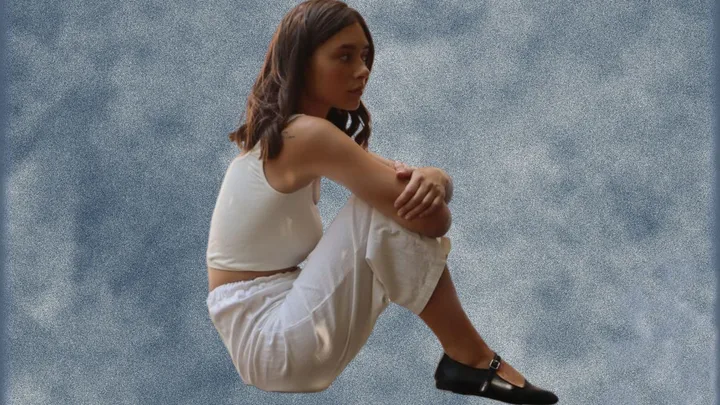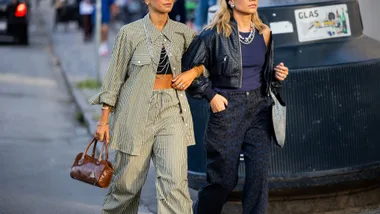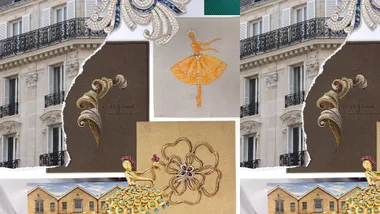Ballet flats have well and truly bust out of their 2006 prison and inserted themselves back into the sartorial zeitgeist.
From Miu Miu’s in-demand ballet flats that simply must be on every influencer’s foot, to Christopher Esber’s mesh flats, they’re only rising in popularity. Yet, we must talk about the downsides of ballet flats because there’s a lurking element we like to gloss over.
Ballet flats get stinky.
We know – we all try to maintain the façade of the cool, calm and collected lady who sashays around the city on a 30-degree day without a lick of sweat – but common biology would prove those fanciful fashionistas wrong.
The reality is that everyone sweats, and your feet are a go-to place for the body to let out some of that pent up heat.
Who Do Ballet Flats Smell After A While?

It’s simple biology that leads your uber-cute flats to develop their own little odor ecosystem. In fact, it’s often a build up of sweat and bacteria that leads to the undesirable phenomenon.
Of course, having clean and dry feet when you place them into the shoe is essential, but it won’t stop it altogether. We often resort to water and soap to try and clean them, but the presence of moisture can only make the problem worse.
So, where do we go from here?
How To Stop Ballet Flats From Smelling?
We sat down with the World Tennis Association’s sports podiatrist, and founder of Emily Braidwood insoles, Emily Smith, to ask her all the questions you need to know about ballet flats (including if they’re any good for your feet).
“Stockings and sockettes are the best way to minimise the smell, however they can make the shoe more slippery which in turn leads to further toe gripping,” she says.
It turns out, your ballet flat purchasing habits can actually play a major role in reducing the odor.
“Buying shoes made from genuine leather rather than synthetic, giving your shoes a wipe out with an alcohol wipe and spraying your feet with antiperspirant deodorant will all help prevent odour,” she adds.
Many on the internet also swear by putting baking soda in the shoes when you’re not wearing them to soak up any nasties.
Plus, you could always opt for the trendy new mesh flats that allow for A LOT of ventilation.
Are Ballet Flats Actually Bad For Your Feet?
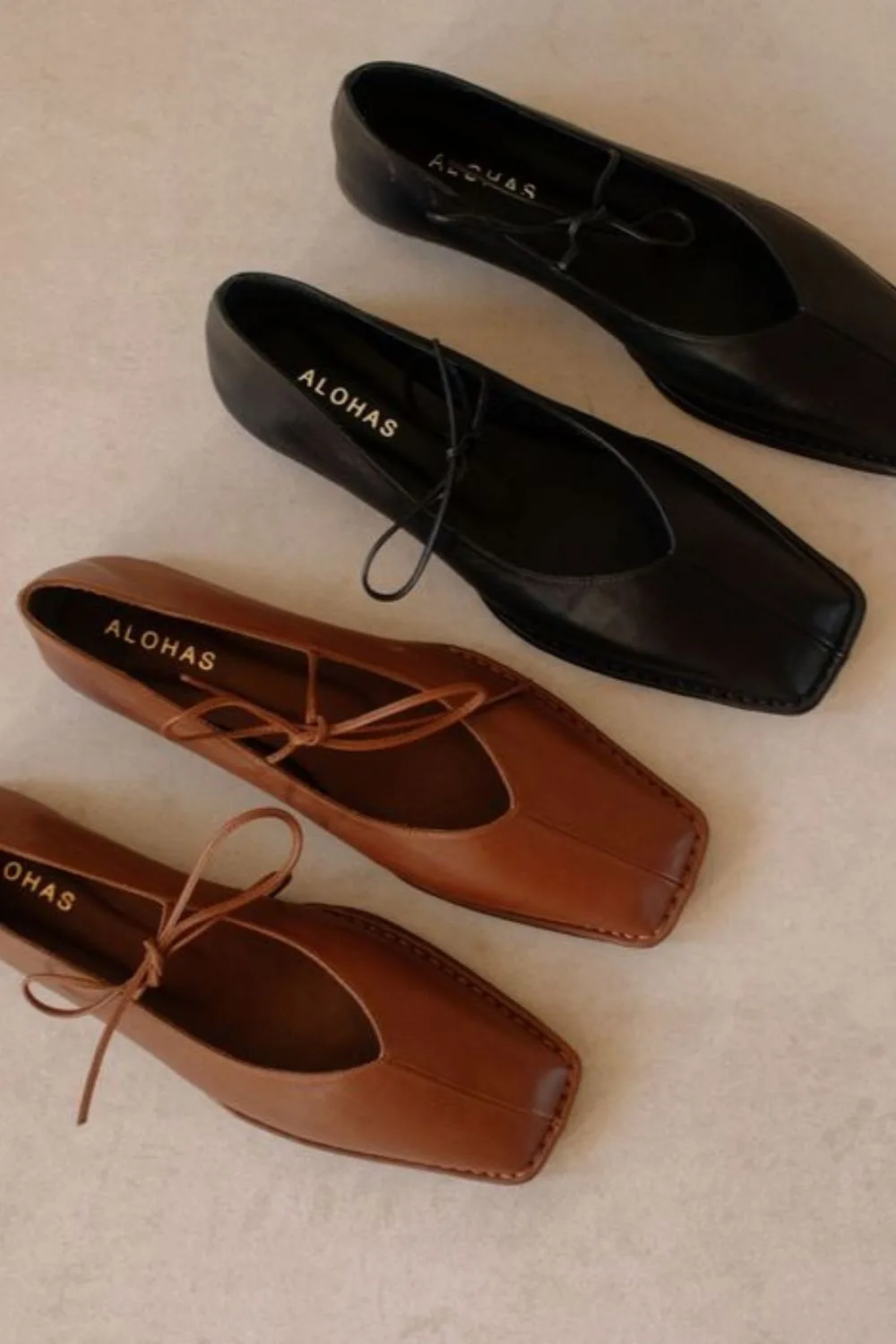
While you might think the closed in nature of ballet flats would be good for the foot, they can often lack the support we need from a good shoe.
“Ballet flats are generally poorly structured and have similar detrimental effects to a thong or flat sandal,” explains Smith.
“A typical ballet flat is too flat (we need a little heel height), cut too low around the toes (making us grip to hold the shoe on) and provides zero support and shock absorption (contributing to lower limb pain and injury).”
Eeek!
How To Make Ballet Flats More Supportive?
The first thing is to purchase the right ballet flat in the first place. “The nature of a ballet flat is they are round toe, low cut, dead flat and shallow. However, a well-made ballet flat would have a small heel elevation (approx 10-20mm), extend higher up onto the top of the foot (rather than cutting over the top of the toes),” she suggests.
Try to look for ballet flats that have more room around the toes (maybe they’re even squarer at the toe box), and also look for a rubber sole that has cushioning and support built into it.
If you already have a pair of particularly flimsy ballet flats, the only way to add structure is with an insole.
Look for a podiatrist-approved insole that will act as a ‘crash pad’ to protect the heel. “[They should have] enough arch contour to provide comfort and support but not too much that it creates foot slippage and gel cushioning that offsets the lack of shoe engineering,” she says.
Look for styles that offer 7/8 length for more room around the toes and can be moved from shoe to shoe (so you can enjoy all your flats whether they be leather or mesh).
“Rolling your feet over a cold bottle after wearing ballet flats will also help prevent associated problems,” she suggests.
How Often Should We Be Changing Ballet Flats?
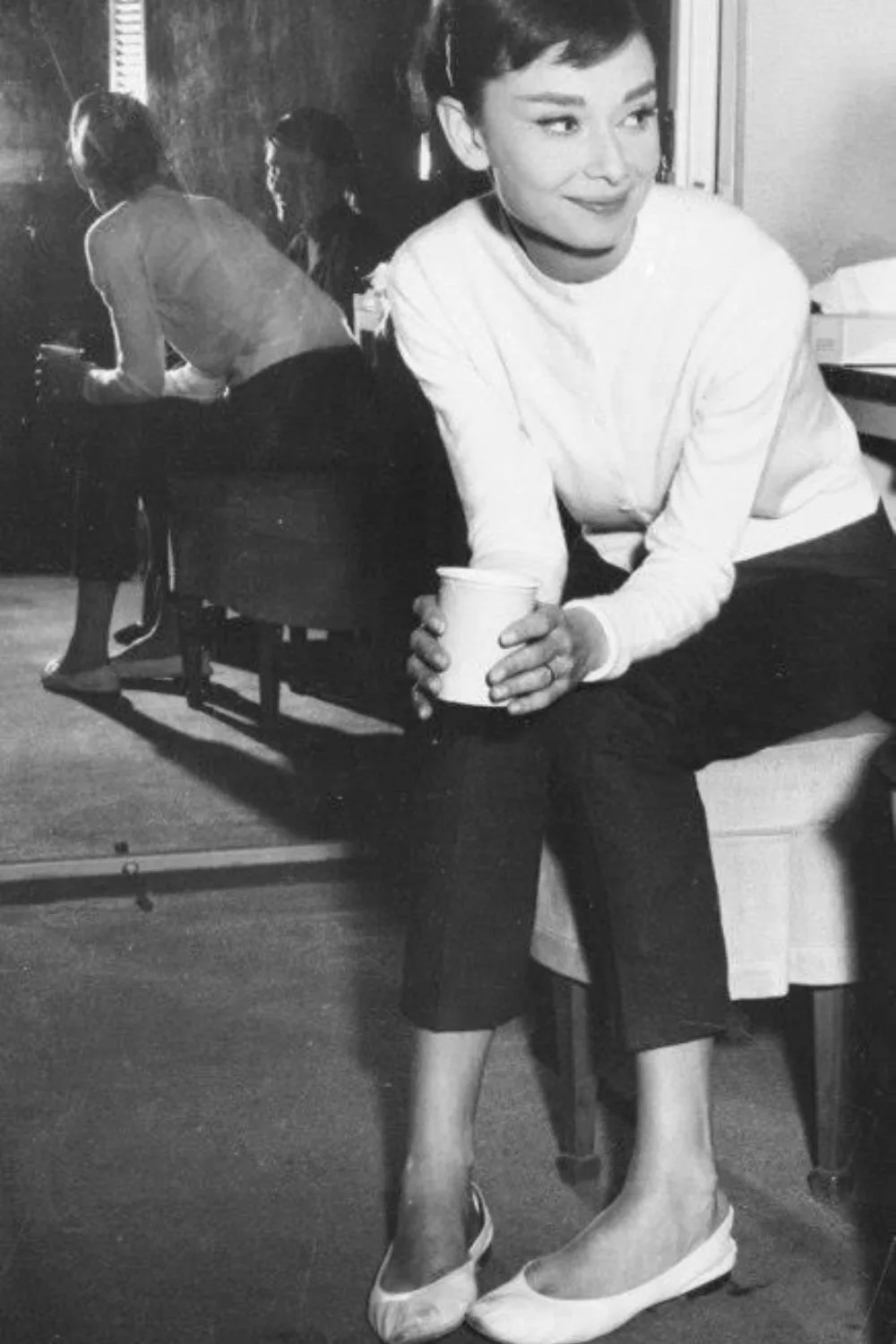
Are you moseying around in a pair of worn-down ballet flats that smell less-than-rosy? It might be time for a new pair altogether.
How can you tell?
“The first place for a ballet flat to wear out is usually the lateral heel. This creates a wedging effect at the heel and makes us land even further out on the heel, accelerating the wedging,” explains Smith.
“The soles are also very thin so keeping an eye on the wear and tear at the heel, as well as the sole is the best way to know when to replace the shoes.”
And there you have it! Stench begone.
